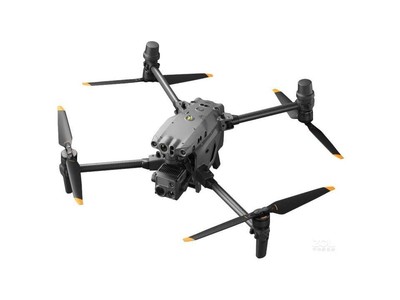Whether it’s for nighttime operations, search and rescue missions, or general surveillance, these drones offer capabilities that traditional cameras cannot match. The ability to visualize heat signatures enables operators to identify the presence of humans, animals, or other heat-emitting objects even in complete darkness or obscured visibility.
Applications of Infrared Drones

One of the primary applications of drones with IR cameras is in law enforcement and military operations. These drones can track suspects and monitor activities without alerting the perpetrators. Furthermore, they play a critical role in border control, ensuring that any unauthorized crossings are detected promptly. In the realm of search and rescue, IR-equipped drones can scan large areas swiftly to identify individuals or animals trapped or lost, speeding up recovery processes significantly.
Environmental and Agricultural Benefits
Outside of security, drones with IR cameras contribute significantly to environmental monitoring. Deforestation, wildfire prevention, and wildlife tracking are areas where thermal imaging can assist in delivering crucial data. Farmers also benefit from these drones as they can monitor crop health and irrigation levels, detecting variations in temperature that could indicate issues such as water stress or pest infestations.
Construction and Infrastructure Inspection
Drones equipped with IR technology are extensively used in the construction industry for inspecting buildings and infrastructure. They can identify heat losses through windows and roofs, evaluate solar panel performance, and help in maintaining energy efficiency. Notably, they provide a safer and more cost-effective solution compared to traditional manual inspection methods.
Technological Advancements
Advancements in IR camera technology integrated with drones have taken leaps, offering higher resolution thermal images and real-time data transmission. These developments ensure that operators receive the most accurate and timely information, essential for mission-critical tasks. The enhanced battery life and improved maneuverability also contribute to their wider adoption across industries.
FAQs
Q1: How does an IR camera differ from a regular camera?
An IR camera captures thermal radiation, effectively ‘seeing’ heat, whereas a regular camera captures visible light. This allows IR cameras to visualize heat sources in darkness or obscured conditions.
Q2: What are the benefits of using a drone with an IR camera?
The benefits include improved surveillance capabilities, efficient search and rescue operations, enhanced environmental monitoring, and precise infrastructure inspections.
Q3: Can drones with IR cameras be used in agriculture?
Yes, they are used for monitoring crop health, detecting irrigation issues, and pest infestations by analyzing temperature variations across fields.